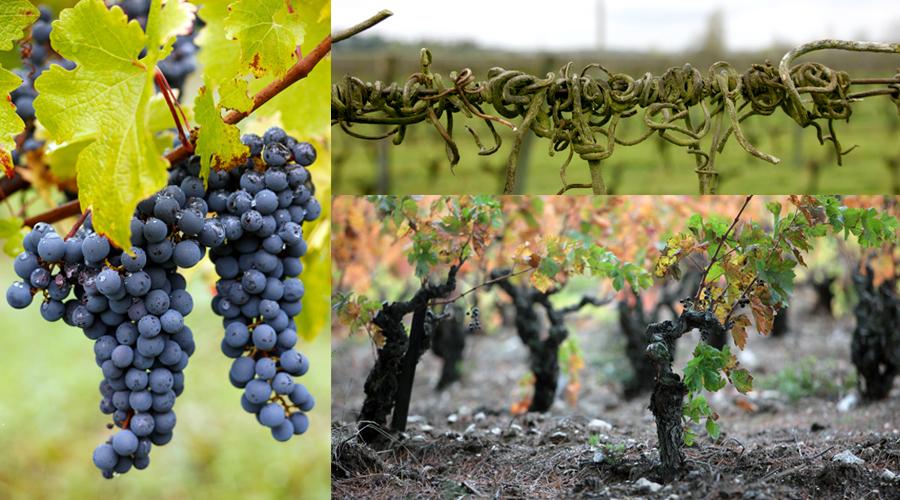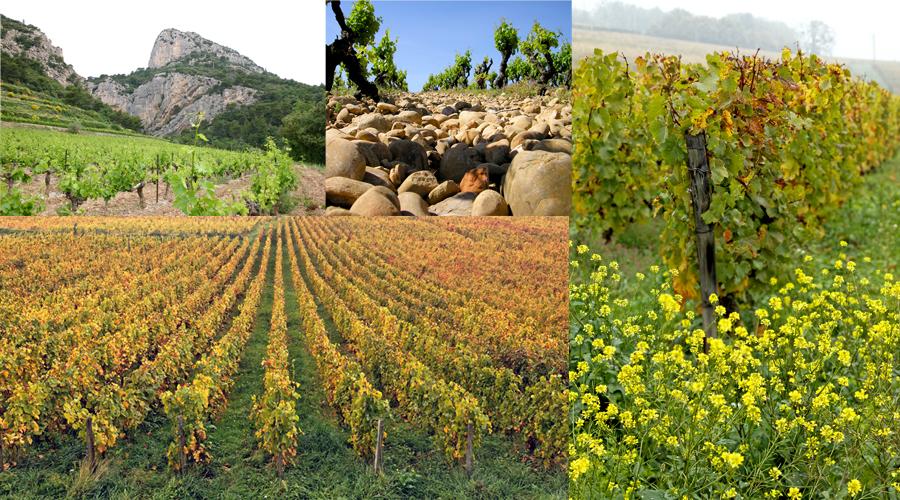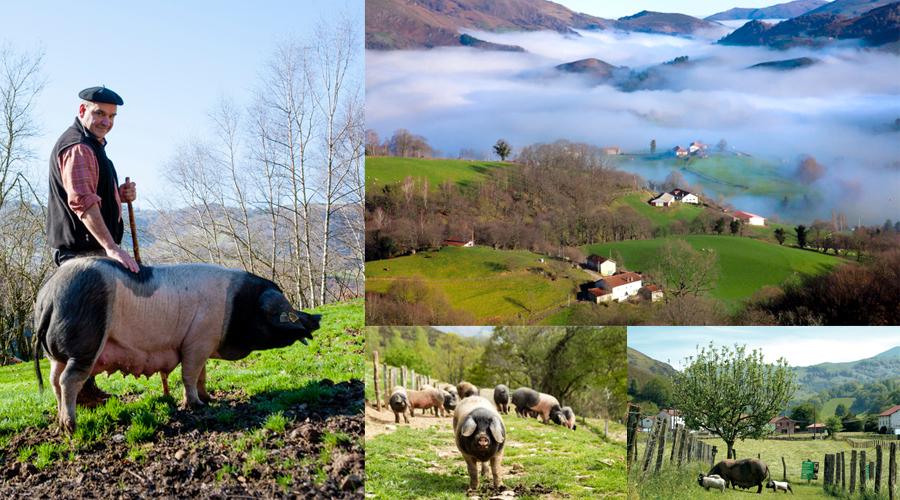The earth and sky shape us; the earth and sky shape our food. Our fare goes from farm to your table, with the artisan/alchemist guiding the transformation. The transition the materials undergo and how these turn into what we purvey – the range of distinct wines, cheeses, and charcuterie – would be impossible without the environs: the terroir that fosters our food.
Industrial food and beverage production essentially eliminate the terroir aspect for economy of production towards end-product uniformity. In contrast, the effects of the environment are often evident in sustainably farmed resources – typically small-scale, organically grown, and locally sourced – and the unique character of the products the resources are turned into. The benefits of the land and weather are often touted, as the impact on the personality and uniqueness of the sum total is a product set apart from similar regional offerings; fare elevated leagues above products produced en masse. The distinct tastes and textures are but a couple of aspects of each foodstuff and inimitable product nurtured by weather conditions, feed or fertilizer type, and other variables either controlled or given free rein by its artisans. The attributes of each wine, cheese, or meat are built and bolstered by these factors; factors specific to the terroir otherwise disregarded by commercial food producers and absent in standardized commercial food.

In addition to the ability to anchor vines, other factors related to the soil affect grapes grown for wine. The amount of nutrients macro and micro in organic matter, the acidity of the soil, and the soil’s ability to hold and drain water affect the wine through the fruit. The type of crop, and how this harmonizes with the clime when the grapes sprout and mature, also changes the flavor and quality of the wine. Certain topographies may also require cover crops, which ease the effects of harsh weather and introduce additional organic matter that adds nutrients to the soil and coaxes the fruit towards optimal maturity come harvest-time. The weather and soil conditions, as well as farming and processing practices, can also vary significantly among wine regions, wine estates, and appellations. Other agricultural factors, such as the type of farming and the specific practices utilized therein have substantial effects on the characteristics of wine.

Flavors and notes are introduced to dairy, in one form, through bovine physiology. Herding cattle onto plains versus driving them near mountainsides can yield milk of differing flavors. Soil type also affects the milk, as this influences the grass, flowers, fruit, and aromatic plants grazed on. Flora has an impact on the digestive system of the cattle, and thus changes factors like the chemical components of the milk, which then alter aspects such as the milk’s fat content and the fat content of the resultant butter or cheese. Free-range cows that graze on assorted vegetation on wild plains and near highlands also produce atypical milk flavors, compared to lowland cattle that consume prepared feeds of dried grasses and vitamins. The herbs added to the dairy – and where these herbs come from – impart varying degrees of flavor and nuances of taste to the individual cheese or butter.

Indigenous species of swine, such as the local boar or pigs used in our charcuterie, have unique breed characteristics and are chosen for the flavor and texture of the end product. Aspects such as depth of fat, consistency of flesh, and age before processing are some factors that contribute to the qualities of meats. The feed – including fruit, grains, and nuts – plus the herbs and other flavorings either fed the swine or used as flavoring or curing agents can likewise alter taste. The altitude, humidity, and seasonal changes in the area at the time of growth of the swine and curing of each specific meat also affect the attributes of these feeds and aromatics.
The earth and the sky inspire – in all senses of the word – the resources we cultivate, the food we create, and the gastronomic experiences you enjoy. Good company and the right settings – along with a glimpse of the terroir from which our diverse fare was born – can only serve to encourage utmost enjoyment of the artisanal food experience. This is part of what it means to imbibe Origine.

